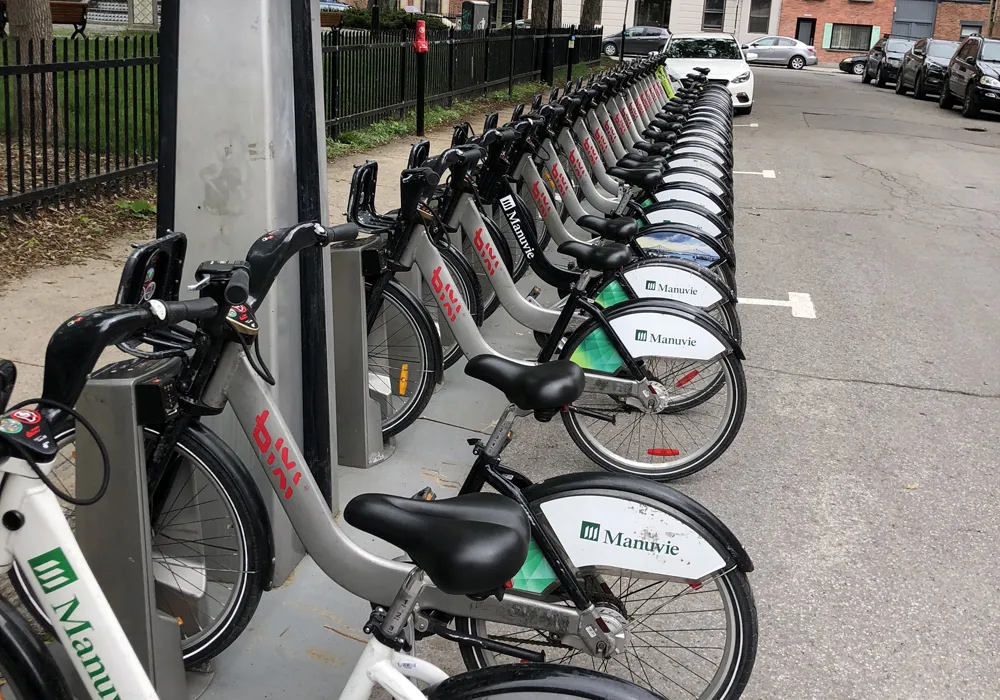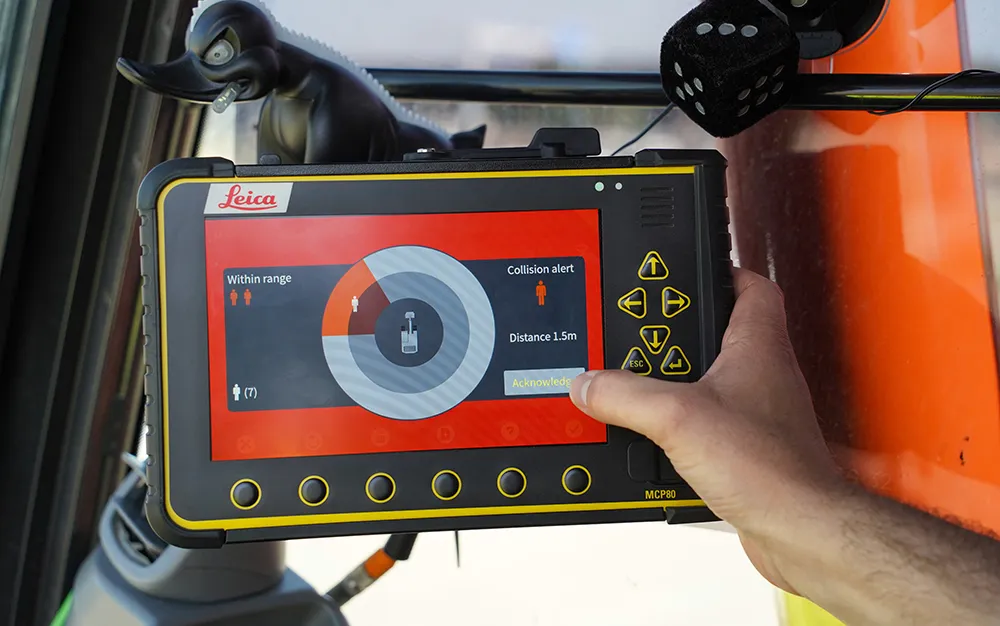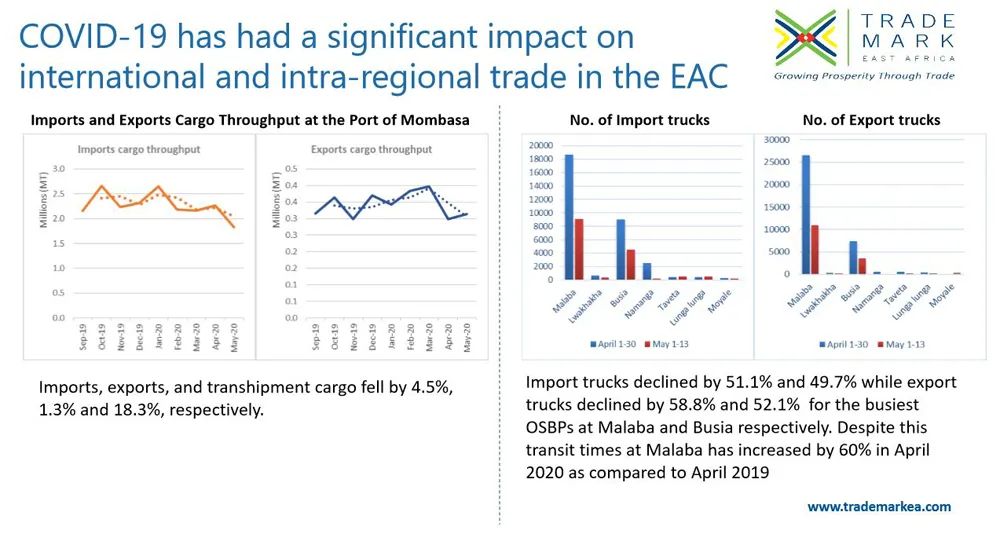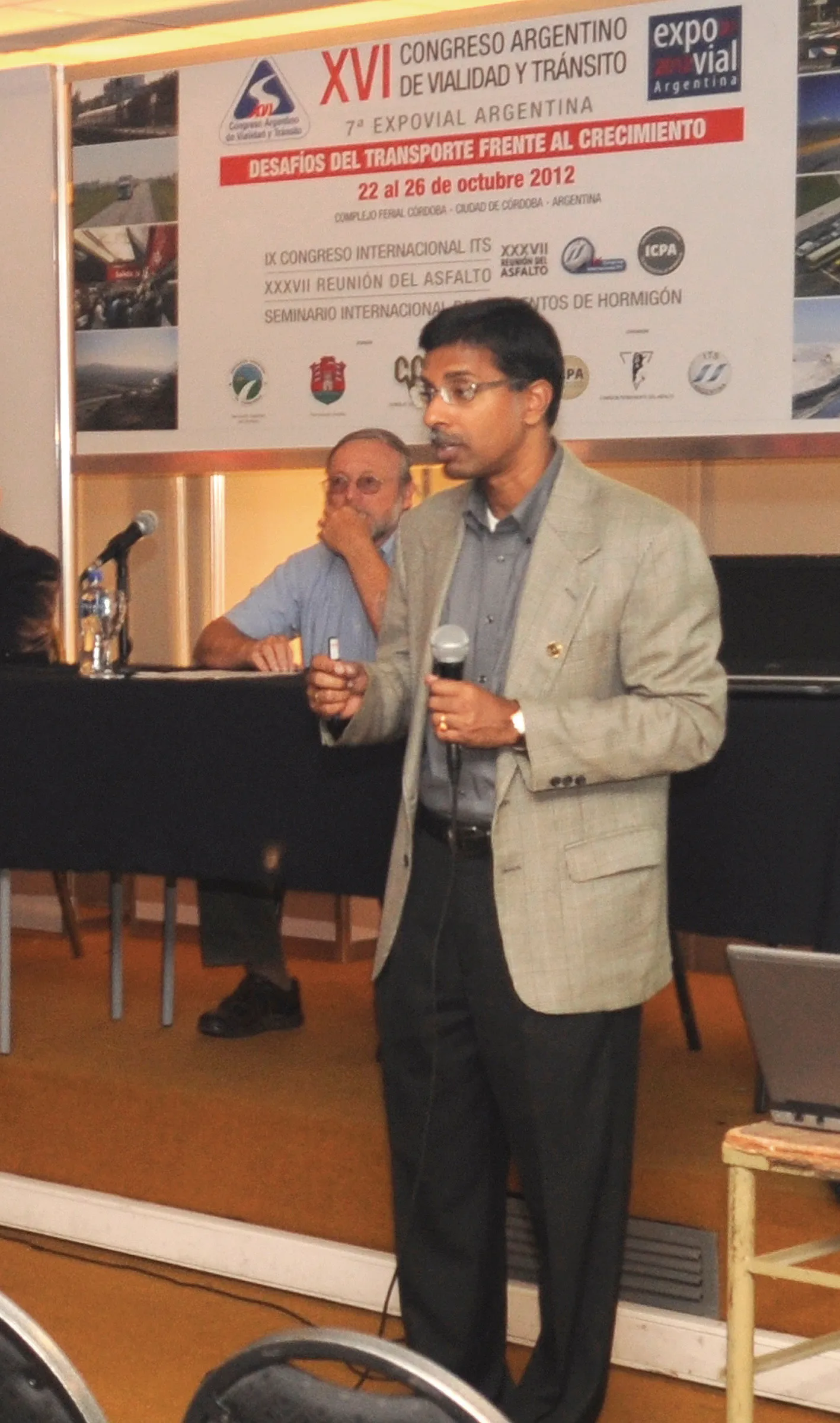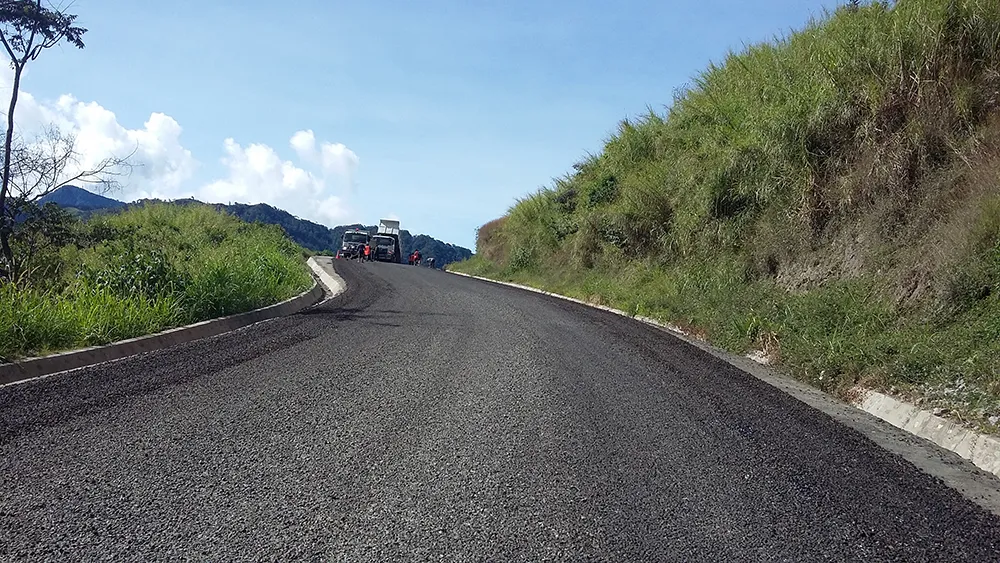
When it comes to climate resiliency, there is much more to consider than design and construction. It is a complex, multifaceted issue that requires careful planning and thoughtful solutions. From identifying vulnerable areas to developing emergency response plans, there are many factors to consider for a truly resilient community. Yet, it is possible to build a stronger, more sustainable future for all with the right approach and resources.
Transport infrastructure is essential to modern society, enabling people to access goods, services, and opportunities otherwise out of reach. However, as the effects of climate change continue to intensify, it is becoming increasingly clear that traditional transport infrastructure designs are not always up to the task of withstanding extreme weather events. As a result, there is a growing need for transport infrastructure rehabilitation projects that take a climate resiliency approach, incorporating strategies such as using durable materials and elevating critical infrastructure.
While such measures are undoubtedly important, it is also crucial to recognise the importance of community involvement in the transport infrastructure rehabilitation process. Involving communities has a range of benefits, from improving the effectiveness of these projects to building trust and promoting social cohesion.
Community involvement can take many forms, from consultation meetings to participatory workshops where community members can contribute their ideas and suggestions. One key benefit is that it can help to ensure that projects are more effective and better aligned with local needs. Infrastructure designers and planners can gain valuable insights to develop more targeted and effective solutions tailored to meet their needs and priorities, increasing their likelihood of success. Communities are often the most knowledgeable about their environments and pain points and are best placed to identify the most pressing transportation challenges facing their areas.
By involving communities in the decision-making processes, infrastructure planners and designers can demonstrate that they value the input and perspectives of residents. This helps to build trust and promote a sense of ownership among community members, who may feel more invested in the project's success.
Additionally, it is mentioned how community involvement helps to promote social cohesion by bringing together people from diverse backgrounds and creating opportunities for collaboration and cooperation. By working together on infrastructure projects, communities can build social connections and strengthen their sense of shared purpose, which will have a positive spillover effect in other areas of community life.
Perhaps most importantly, involving communities in transport infrastructure rehabilitation projects ensures these projects are sustainable over the long term. This can be especially important in the context of climate resiliency, where the durability and resilience of infrastructure are essential for ensuring that it can withstand the effects of extreme weather events. This can create a culture of shared responsibility for infrastructure, where everyone has a stake in ensuring that it remains functional and resilient over the long term.
In conclusion, community involvement is essential to transport infrastructure rehabilitation projects that take a climate resiliency approach. By involving communities in the design and implementation of these projects, infrastructure planners and designers can:
- gain valuable insights into local needs and concerns;
- build trust and promote social cohesion;
- and ensure that infrastructure projects are sustainable over the long term.
By working with communities to create more resilient infrastructure, it is possible help build a more sustainable and resilient future for all. Industry can design well, monitor construction, administer quality control measures and invest in best practices and technologies in infrastructure assets.
However, if the local communities do not have this sense of ownership that these assets are their own, they will not protect them. Eventually, their actions would lead to the premature deterioration of these assets, calling for another round of investment by governments.

The author is the CEO of AnyWay Solutions, a consulting firm specialising in climate-resilient engineering designs and solutions to transport infrastructure for over two decades.
In his most recent presentation during the IRF 3rd African regional conference in Accra, Ghana, Halber encouraged governments to implement programmes that include local communities in the process of rehabilitation and upgrading of transport infrastructure projects. He emphasised the importance of such for the longevity of these projects.


